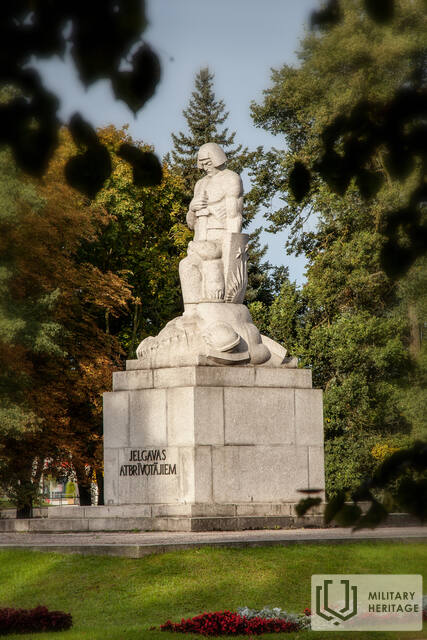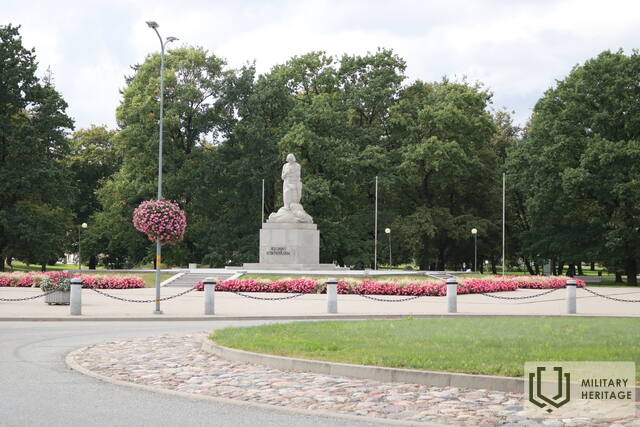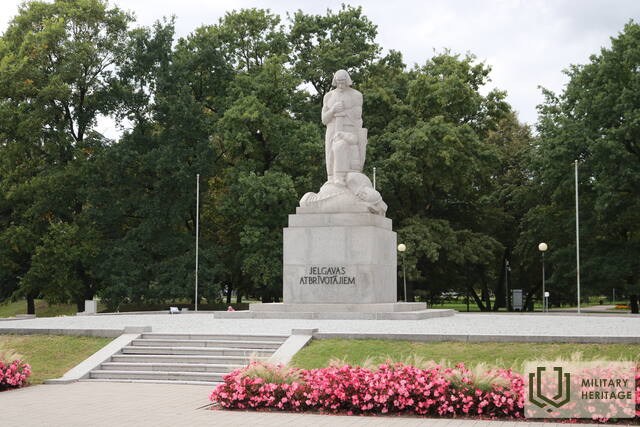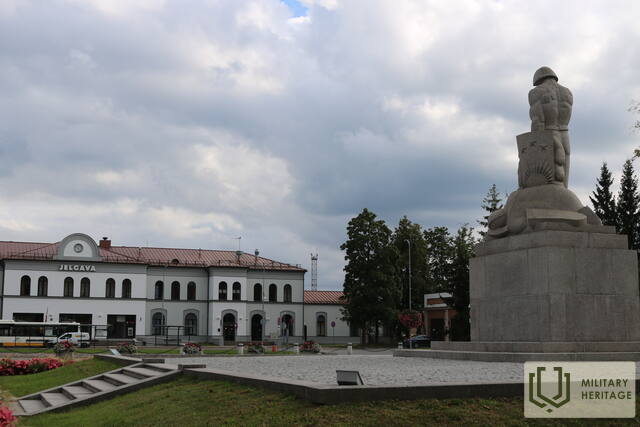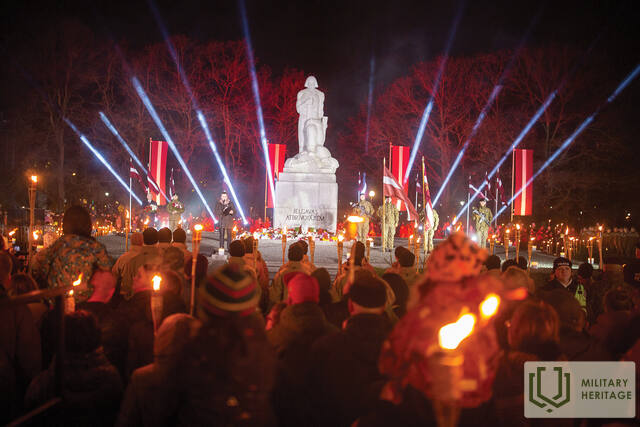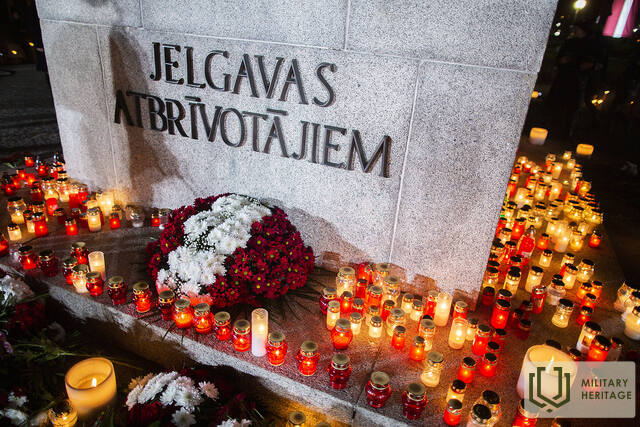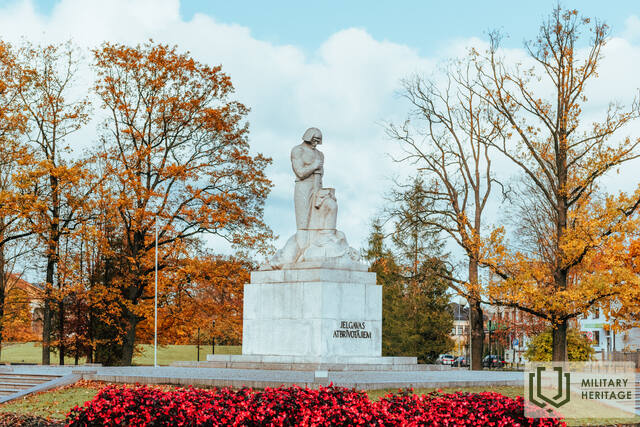Paminklas Jelgavos išvaduotojams „Lačplėsis“ (Lāčplēsis)
Memorialinė vieta

Paminklas Jelgavos išvaduotojams „Lačplėsis“ stovi Jelgavoje, Stoties parke, priešais geležinkelio stoties pastatą. Jis buvo atidengtas 1932 m. birželio 22 d., dalyvaujant tuometiniam Latvijos prezidentui A. Kviesiui. Paminklas skirtas 1919 m. lapkričio 21 d. įvykusiam Jelgavos išvadavimui, Latvijos nepriklausomybės karų metu, atminti.
Per pirmąją sovietų okupaciją 1940 m. paminklas išliko nepaliestas. Tačiau 1941 m., kai sovietus pakeitė vokiečių okupacinė valdžia, paminklo dviprasmiška simbolika nepatiko į Jelgavą sugrįžusiam vokiečių okupacinės administracijos vadovui fon Medemui – jo protėviai buvo pirmieji Jelgavos pilies statytojai. 1942 m. spalio 31 d. vokiečių okupacinė val džia įsakė paminklo autoriui Karliui Jansonui pašalinti vokiečių riterio atvaizdą.
1950 m. sovietų okupacinė valdžia įsakė paminklą sunaikinti. Lačplėsio skulptūra buvo nuversta nuo postamento su traktoriumi, sudaužyta, o jos likučius mėginta sutrupinti akmenų trupintuvu. Tačiau Lačplėsis pasirodė esąs toks kietas, kad trupintuvas sugedo. Nesunaikinta paminklo vidurinė dalis buvo slapta užkasta vaikų darželio teritorijoje. 1988 m. ši paminklo dalis buvo surasta ir perkelta priešais G. Eliaso Jelgavos istorijos ir meno muziejų. Restauruotas paminklas buvo iškilmingai atidengtas 1992 m. lapkričio 21 d. Jį atkūrė skulptorius Andrejus Jansonsas – paminklo autoriaus Karlo Jansono sūnus.




